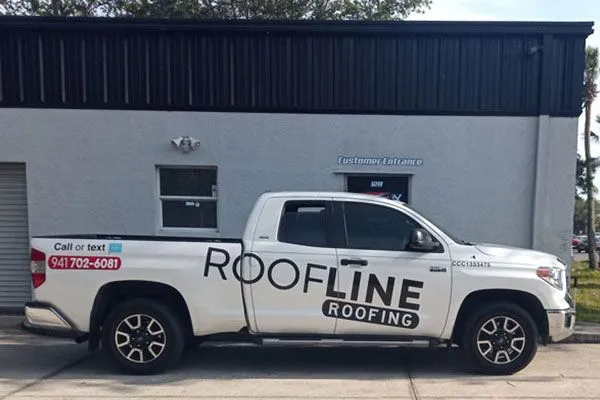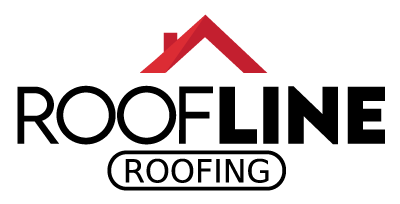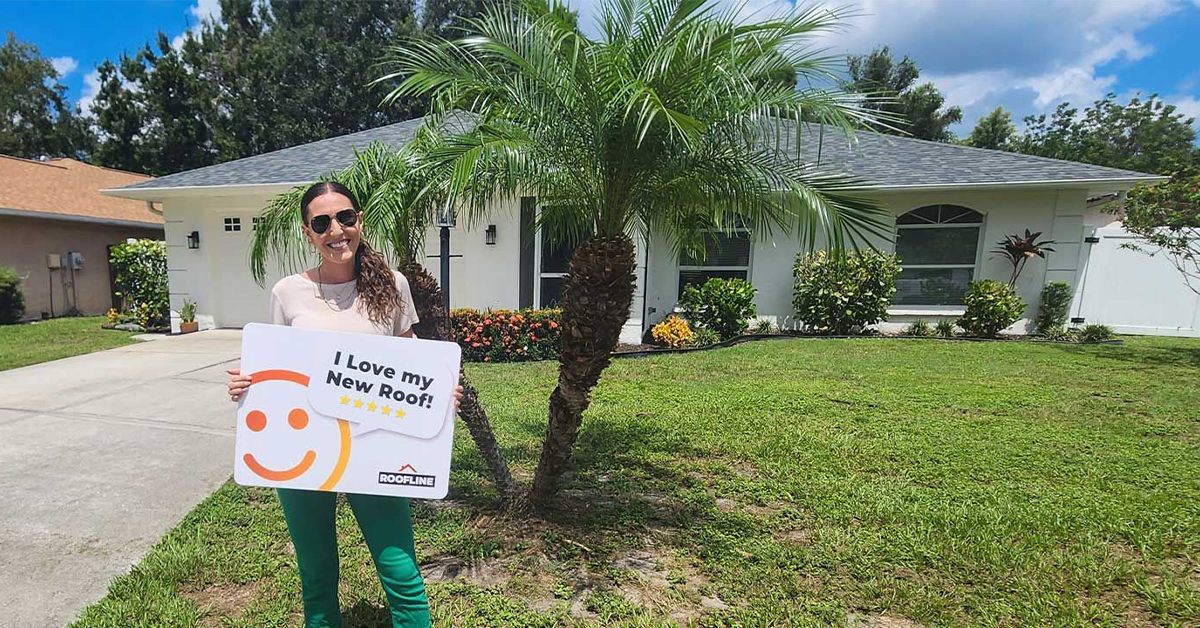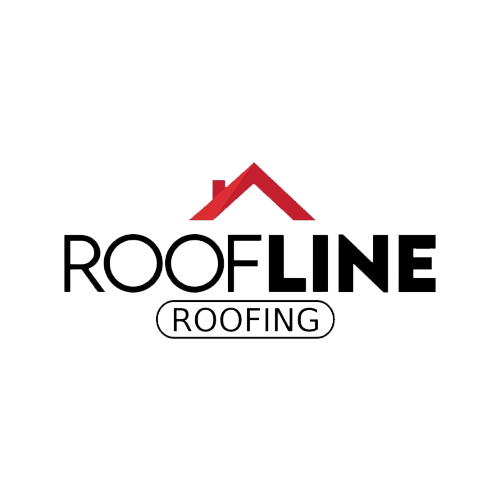
Understanding the warning signs of water intrusion is essential for both homeowners and commercial property managers in South Florida, particularly in counties like Manatee and Sarasota where tropical weather patterns can exacerbate roof vulnerabilities. This comprehensive guide aims to equip you with the knowledge to identify early symptoms of water damage, such as stains, mold growth, or sagging roof areas, which can herald more serious issues if left unaddressed. By recognizing these indicators and implementing strategic prevention techniques, you can protect your property’s roof, ensuring its longevity and maintaining the safety and comfort of the building’s occupants.
Roof integrity is vital, not just structurally but also in terms of energy efficiency and indoor air quality. We explore practical measures such as routine inspections, proper ventilation, and selecting quality roofing materials that stand up to South Florida’s challenging climate. Proactive maintenance and timely interventions can spare you from costly repairs or replacements while enhancing the overall value and functionality of your property. Begin your journey towards fortified roofing by delving into this detailed exploration of water intrusion signs and prevention tactics.
Warning Signs: Indicators of Water Intrusion
Water intrusion can cause serious damage to roofs, whether on residential homes or commercial properties. Knowing the early warning signs can help you prevent costly repairs, especially in areas like Parrish, where attic water damage can quickly become a significant concern. Identifying these early indicators of water intrusion aids in timely intervention, saving you from potential hassle and expense.
Stains and Discoloration
One clear sign of water intrusion is stains or discoloration on ceilings or walls. These can appear as yellow, brown, or copper-colored patches. Often, these stains are indicators of roof leaks, which can originate from multiple sources, including damaged shingles or blocked gutters. According to a study by the National Roofing Contractors Association, more than 90% of water stains directly correlate with roof system issues. When you spot these stains, immediate investigation is critical to determining their source and preventing further damage.
Sagging Roof Areas
A sagging spot on your roof is a red flag for potential water intrusion. Water damage can lead to the weakening of structural materials, particularly in regions prone to heavy rainfall. In Parrish, where tropical weather can exacerbate roof issues, sagging might indicate that water has penetrated the roof deck and has weakened the integrity of the structure beneath. The American Society of Civil Engineers notes that maintaining roof structures’ integrity can prolong their lifespan significantly, making routine inspections for sagging a precautionary step.
Mold and Mildew Growth
Mold and mildew thrive in moist environments, so their presence is a telling sign of unwanted water infiltration. Particularly in attics, mold can cause serious health problems for inhabitants and degrade the indoor air quality, a concern the World Health Organization underscores. When you see mold, especially around your attic or roof edges, it’s crucial to address not just the visible growth but also the underlying moisture source that enables it.
Rising Utility Bills
An often-overlooked indicator of water intrusion is an increase in utility bills. If unexpected spikes in energy costs occur, it might not just be an issue with your HVAC system or attic insulation but rather with water seeping through compromised roofing. Water intrusion can affect insulation effectiveness, leading to cold drafts in winter or inefficient cooling in summer. The U.S. Department of Energy highlights adequate insulation as essential for energy efficiency, suggesting regular checks to ensure insulation remains dry and effective.
Cracked or Peeling Paint
Water intrusion can also manifest through the seemingly benign cracking or peeling of paint on walls. When water enters through a leak, it can collect behind walls or in ceilings, causing paint or wallpaper to lose adhesion and bubble or peel away. This physical deformation signals moisture-related issues that warrant an immediate response to prevent expansive water damage, particularly in humid climates like Florida’s.
Rust Formation
In commercial properties, water intrusion often reveals itself through rust, particularly on steel components. As water seeps through, exposed metal begins to oxidize and form rust, weakening metalwork and potentially compromising structural integrity. The Engineering Toolbox states that rust accelerates metal fatigue, especially when coupled with ongoing water exposure, making it important to identify and rectify any sources of ingress promptly.
Persistent Musty Odors
Persistent musty odors are not only unpleasant but also major indicators of water intrusion. This smell typically points to the presence of mold or mildew lurking in damp, unseen areas, often a result of water seeping through compromised sections of a roof or attic. Regular maintenance checks to find and address the sources of such odors are vital in maintaining both the physical condition and the air quality of a building.
Swelling of Wood Structures
Wood is particularly susceptible to water damage. If you notice that wooden beams or structures are swollen or changing shape, it likely means they have absorbed moisture over an extended period. The National Wood Flooring Association outlines the risks of wood swelling, which can lead to structural weakness and misalignment. Early detection and response, such as drying the affected areas and improving drainage, can help preserve wood’s structural role within a roof system.
Detecting these warning signs early can make the difference between minor repairs and major overhauls. For areas like Parrish, where attic water damage is a frequent issue, addressing these symptoms promptly can extend the life of your roof and ensure the safety and comfort of your living or working environment.
Damage Assessment: Understanding the Impact on Your Roof
Regularly assessing your roof for water damage is a critical maintenance task for property owners in Manatee County. Damage assessment goes beyond simply spotting leaks; it involves a detailed examination of various roof components to ascertain the full extent of any issues and to devise a comprehensive plan to rectify them. This section focuses on understanding how water damage impacts your roof’s health and functionality and provides practical tips on conducting thorough assessments.
When conducting a roof water damage assessment in Manatee County, it’s vital to begin by examining the roof’s exterior. Start by evaluating the condition of shingles or tiles. Pay special attention to any that appear curled, broken, or missing. According to the National Association of Home Builders, shingle roofs last 20 to 25 years, but signs of granule loss on asphalt shingles can indicate that water is penetrating the roof’s protective surface much sooner.
Next, focus on the flashing, the metal strips around chimneys, vents, and skylights. Water can seep in if these strips are corroded or improperly sealed, leading to hidden moisture that might damage your roof’s underlying structures. Moreover, ensure that gutters are unobstructed, as clogged gutters can cause water to pool on your roof, exacerbating any existing vulnerabilities.
Inside the building, begin your assessment in the attic. Utilize a flashlight to inspect the insulation and wooden beams for signs of moisture, dark spots, or mold. As damp wood is a breeding ground for mold, which can deteriorate indoor air quality, addressing these issues is essential for maintaining a healthy living or working environment.
A vital part of assessing water damage is to check the attic ventilation. Poor ventilation can trap moisture, which exacerbates water damage and accelerates the roof’s aging process. The U.S. Federal Housing Administration notes that effective attic ventilation helps avoid moisture buildup, suggesting that vents be checked and cleared regularly to maintain optimal airflow.
You should also investigate your ceilings for sagging and test their firmness. A spongy feeling underfoot on a flat roof or softness in a sloped roof can be an indication of rot or saturated underlayment. These problems suggest significant water damage that may require professional intervention to prevent further structural weakening.
On a commercial roof, water damage can affect more than the surface layer. Inspect all HVAC equipment, ducts, and electrical conduits installed on the roof for rust or signs of moisture, particularly focusing on areas where the equipment makes contact with roof surfaces. Electrical short circuits arising from water exposure can pose serious safety risks, underlining the importance of regular inspections and maintenance.
For accurate damage results, consider investing in thermal imaging technology. This method can detect moisture beneath roof surfaces by highlighting temperature differences that signify wet spots. The University of Florida’s Building Construction Program recognizes this method as a valuable tool in precisely locating unseen water intrusion.
Lastly, document your findings with photographs and notes. Detailed records will not only aid in planning necessary repairs but will also become invaluable in discussions with insurance providers if claims become necessary. This documentation gives a baseline of the roof’s condition and assists in tracking the progression of future issues.
In conclusion, a thorough understanding of water damage’s impact on your roof, coupled with regular, detailed assessments, can prevent minor issues from escalating into expensive repairs. By proactively managing this crucial aspect of property maintenance, you can safeguard your building investments and provide a safe and secure environment.
Prevention Tips: Protecting Your Home from Future Water Issues
When it comes to safeguarding your property, implementing effective water damage prevention strategies is crucial to maintaining the integrity and lifespan of your roof. Immediately addressing potential sources of water intrusion is especially important in regions like Sarasota, where heavy rainfall and humidity are common.
One practical step to protect your roof from water damage is ensuring proper maintenance of your gutter system. Gutters that allow water to flow smoothly away from the roof are key to preventing water from pooling and penetrating your roof’s surface. Regularly cleaning gutters and removing debris such as leaves and twigs can mitigate the risk of overflow and subsequent leaks. Additionally, inspecting for any leaks or misalignments that could divert water towards your foundation is important, as these issues can escalate if left unaddressed.
Investing in quality roofing materials is another effective measure. Opt for water-resistant materials such as metal or high-grade asphalt shingles that can withstand intense rainfall. These materials, although more expensive initially, can save you from more costly repairs in the long run. Incorporating a durable underlayment beneath shingles will further bolster the roof’s defenses against water seepage. A strong underlayment acts as a secondary barrier, catching any water that may penetrate the primary layer.
Ensuring your roof has proper ventilation is also essential. Inadequate ventilation leads to moisture buildup, encouraging the growth of mold and weakening the roof’s structure. Proper ventilation supports airflow, reducing the chance of condensation and maintaining a stable temperature on the roof’s surface. This not only prevents moisture accumulation but also extends the roof’s life by reducing thermal stress on the materials.
Regular roof inspections are a proactive way to detect minor issues before they become significant problems. Consider scheduling inspections twice a year, particularly before and after the rainy season. During an inspection, a professional can identify early signs of wear, such as loose or cracked shingles, and promptly perform necessary repairs. Detecting and fixing small issues early can prevent major water damage and extend the service life of your roof.
Lastly, trimming nearby trees can reduce the risk of branches falling and damaging your roof during storms. Overhanging branches can scrape against shingles, leading to deterioration and potential leaks. Keeping trees pruned not only prevents physical damage but also reduces the amount of organic debris that falls onto your roof, minimizing the risk of clogged gutters.
By implementing these prevention strategies, property owners in Sarasota can significantly reduce the risk of water damage. These steps not only protect the structural integrity of the roof but also help in maintaining a safe and pleasant living or working environment. Regular maintenance, smart material choices, and vigilant inspections can safeguard your property against the challenges that wet weather poses.
You might be asking
What are the initial signs of water damage in attics?
The initial signs of water damage in attics include dark stains on wooden beams, a musty odor, and visible dampness or dripping water. Look for discoloration or sagging in your attic insulation as well.
How does attic water damage affect the overall roofing?
Water damage in the attic can compromise the integrity of your roof’s structure, leading to rot in wooden supports and weakening the roofing materials. Over time, this can cause leaks and potentially result in costly repairs or a roof replacement.
What are the best ways to prevent water damage in the attic?
To prevent water damage in the attic, ensure proper ventilation and inspect your roof regularly for any missing shingles or damaged flashing. Maintain gutters and downspouts to prevent water accumulation and schedule routine professional inspections to catch problems early.
Next Steps
Monitoring your property for signs of water intrusion is a key step in roof maintenance. Early detection and intervention can save you from complex repairs and costly damage. Developing a routine inspection schedule and adhering to preventative maintenance strategies ensure that your roof remains in optimal condition, safeguarding both the value of your property and the well-being of its occupants.
Ready to take a more proactive approach to your roof’s health? Reach out to Roofline Roofing for a complimentary consultation. Our experts will work with you to assess your current roof conditions and develop a customized plan to meet your roofing goals, ensuring that your home or business stands strong against the challenges of South Florida’s climate. Visit our website or call us today to learn more.
Contact Us
Use the form below to contact us or to schedule a free consultation.
I would highly recommend Roofline Roofing for any roofing needs. As a fellow business owner, their professionalism and efficiency stood out. They provided quality service, completed the job on time, and their pricing was fair. Very satisfied with their work!
-- Logan L.




